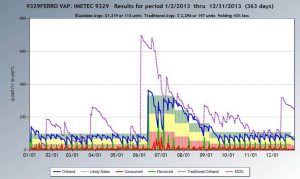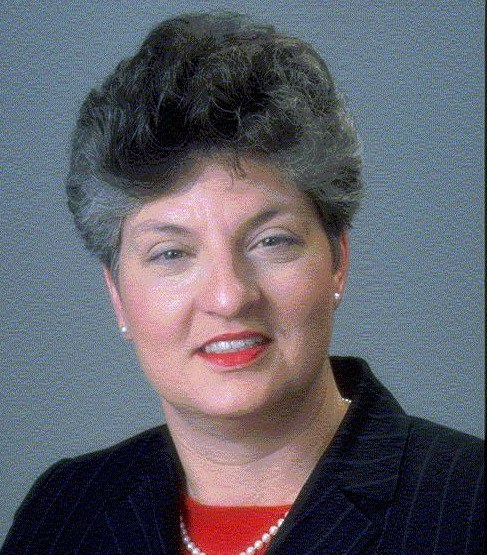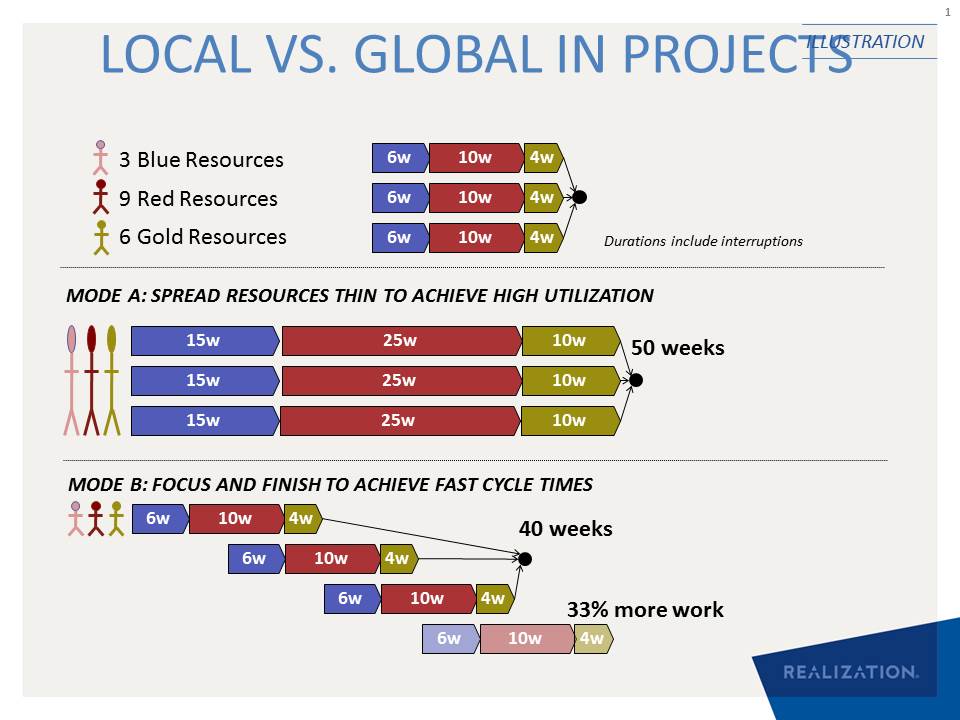Webinar 5 is a continuation of webinar 4 Understanding the Core Cloud for Supply Chain. This webinar is conducted in the form of an active discussion between Humberto, Jelena and Oded on important issues of:
In the recent webinar The Layers of Supply Chain Synchronization, Humberto touched upon several issues regarding TP for Supply Chain. Part 1 is the exchange of views between Jelena and Humberto. Jelena presents her analysis of the Supply Chain Core Cloud – what is apparent it it and what is ‘between the lines’:
Jelena and Humberto also discuss the need for more precision and disciplined thinking in working with TP.
A letter from Henry Camp:
Dear Jelena,
Thank you so much for your webinar. I thought it was very good. I appreciate your incisive thinking. Your mental discipline is really extraordinary.
I wonder if you have similar experiences to mine. Let me describe. As you pointed out rightly, I’d also prefer my wife to say “You are a pain in the butt but I love you” instead of “I love you buy you are a pain in the butt.” This brings me to my point. I often find the Yes, but …” starts with an intentional fabrication in the “Yes.” In other words, “Yes” is sometimes part of a cover up. It means “I don’t want to make you look bad to your face and in front of others, so I’ll say it but I don’t mean it.” Then, others are complicit in the cover up – there is a cover up of the cover up. They don’t say what they really think AND, although others are aware of this on some level, they don’t discuss it. [For detailed support on this theory read Knowledge for Action by Chris Argryis.]
I came to study Argryis and the double cover up after years of performing simulations to resolve the objection of “Yes, but we’re different” from my perspective of TOC Replenishment clients. I never got a client – not once – from proving their objections were unfounded. Here is one quick example conversation that I expected but never happened:
[I explain how Elucidate works conceptually]
[Client:] “Yes, you have a great approach to managing inventories but it won’t work for us, we have serious seasonality. We need a forecast from the sales department to even have a chance to satisfy our customers. During the early summer, increasing the Buffer by 1/3 would not allow us to catch up before we lost too many orders.”
[Us:] “Do you know in advance when the high season starts?”
“Yes, approximately, it is sometimes affected by weather.”
“From year to year, is the relative increase in demand roughly the same between low season and the high season?”
“Yes, pretty much.”
“Would you like to see the difference – what we would have done last year compared to what you did?”
“Can you do that?
“Sure!. Pick a product that you think you managed pretty well and give me a year’s worth of sales and receipts from your plant as well as the ending inventory.”
“Wow, I’d love to see that. Let me call IT. They’ll make you a spreadsheet with that data while you wait.”
[Time passes.]
[Us:] “Good to see you again. Here is what we did. We used the parameters you gave us:
Minimum Order from the Plant = 6
Ending inventory = 263 units
Cost = $11.685/unit
Average Replenishment Time = 8 days
Maximum # of Production Orders Placed per week = 1
Earliest expected seasonal increase = 6/12/2013
Optimistic High Season Demand = +230%
Then, we ran our simulator. Here are the results.
Your actual inventory levels are shown by the dotted purple line.
We would have held the solid blue line.”

[Client:] “What was the difference between the outcomes of the two approaches?”
“You did really well. There were only 5 days of shortages and, interestingly, they came in the weeks before the high season. You also had two close calls, also during the slow season. What happens when you run short?”
“Oh, we have lots of competition and our customers don’t stock our products. The customers would just pick up the phone and call one of our competitors. On those close calls, we are all scrambling. We place emergency orders on the plant. The plant manager hates us. He has to modify his production schedule and it pisses everybody off. We usually avoid the shortage but it is killing us. We have chaos all the time.”
“So, you feel like you lose sales when you are out?”
“Yes. That’s why we have 8 people in our purchasing department. We have to watch for shortages like hawks.”
“Okay, then. Assuming the demand during the shortages was the same as the previous few weeks, you lost sales of 64 units or 2.2% of your annual demand. And, you picked this products because you felt it was well handled. What do you think the percentage of lost sales would be on average?”
“If this product, which is an important steady big seller that I assign to my most experienced man, is out 2.2% of the time, I’m afraid we might be losing 10% of our overall sales to competitors. That really makes me mad, because they didn’t do anything to deserve the orders, we just messed up and they won. In case, I’m wrong and it isn’t really that bad, use 5% as our expected lost sales.”
“Agreed. Let’s be conservative. From what you have already shared, your current operating profits are 4% of sales. You have the capacity to make and fill those missed orders with no extra expense. Since you make 40% gross margin on your sales, using your conservative estimate, you are losing 5% x 40%, which means you could have increased your profits by 50%, if you had a system for ordering that didn’t cause you to run out.”
“Wow. That’s right. Hey, and I see that the inventory is much lower than we held too. Amazing! I wouldn’t have expected we could get better availability without higher inventory until you explained it. Damn, I hope we can afford Elucidate. How much is it?”
What I got while I was trying to sell Elucidate was usually fake interest and fake objections. The interest was fake, because it the “Yes” was followed by a “But.” As I’ve thought about it over the years, I’ve come to think of Crutches and excuses. Often, I don’t think they are real objections. In some cases, I think they are fake objections, put forth because they might be plausible under certain conditions. If they have any meat at all they are choopchiks relatively, at lease when the negative impacts are multiplied by the probability of them coming to pass.
For example, Kroger, America’s 2nd biggest grocer once gave Kevin Fox and me two fakes. “We can’t hire 62 more people in our 43 DCs.” We showed them calculations that the ΔT from additional sales would pay their 62 annual salaries and benefits every 2 days. They countered with, “Gas prices have just gone up from $2.00/gallon to $4.00/gallon. The CEO just told me in a meeting yesterday that he wants us to find a way to reduce our gas expense.” They stopped returning our calls at that point, even though I conservatively estimated that implementing was worth $1 billion in reduced inventory plus $1.1 billion in added profits (+110%). Those outcomes would have pushed their stock prices to the point that it would have increased the value of the whole company from $17b to $70b! The impact of gas prices was only $3 million per year – budgetary dust for them! and, we offered to work for stock options that didn’t kick in unless their stock price doubled.
Why do people give you lame fake excuses (Crutches)? I think they are covering up their Mermaids. My experience is that people don’t talk about their Mermaids. Out of politeness, we don’t talk about the fact that they don’t talk about them. Michael Demere says that all Mermaids are slutty and, therefore, people are embarrassed to discuss them openly. I’d say Mermaids are certainly imaginary and embarrassing to discuss openly for that reason alone. I think there are only two types of generic Mermaids let’s call them Ego and Belonging.
Ego, is just their love for themselves. I presume that the status quo is the status quo because they have found a way to love themselves within it. Changing frightens them, because they might feel badly about previous choices and positions.
Belonging can be stronger or weaker depending on the person. It is the natural human need to be loved and seen as worthy of love – accepted by others. Being proven stupid, worthless or dangerous isolates people and challenges their Ego, Mermaid #1. Admitting that a change from status quo is warranted, risks others’ reconsideration of the person’s desirability.
Who opens up the issues they have around self-love or the love of others? I haven’t seen it, except when trust and mental health are both really high. That suggests it seldom happens. Instead, what I have seen is you can’t trust what people say is honest. They make up Crutches to avoid discussing Mermaids. Ironically, self-love is just a choice, yet many people give it the power to work against themselves. Fear of not being accepted is just as damaging as actual ostracization – another self-inflicted injury.
Don’t the layers of resistance require honesty? I’m not saying the people aren’t good. They certainly are. Most simply place protecting themselves as a higher priority than honesty. How can we peel the layers of resistance when the ones we are shown are fakes?
All the best to you and Oded,
Henry F. Camp, CEO
Jelena’s response:
Hi Henry,
Many thanks for your letter, your appreciation, and your thoughts.
I have read carefully what you wrote.
I agree with you that there are fake objections, and fake interest, and fake Yes. Whatever it is fake that people present – in my experience and knowledge – it manifests either a clear obstacle, or their personal NBR which is usually obvious from the context that surrounds their objection/concern/reservation, or a combination of the two.
Your example:
“We can’t hire 62 more people in our 43 DCs.” We showed them calculations that the ΔT from additional sales would pay their 62 annual salaries and benefits every 2 days.
Their objection sounds like an obstacle to me. If they were not the people who had the authority to make this financial decision without consulting/applying to/asking for approval of a higher level body then the calculation of the future gain for the company is relevant for them ONLY as an argument to bring to that other body. “We can’t” is the declaration of awareness that something is prohibited. Will they want to put themselves on a hot spot to challenge this prohibition and someone who set it?
Your continuation of the example confirms this when you quote them “The CEO just told me in a meeting yesterday that he wants us to find a way to reduce our gas expense”.
If these are the people that DO have the authority to make the decision to hire 62 more people and still say “we can’t” after one gives them calculations – I would think that they would prefer to look stubborn or not really bright rather than make the other side feel awkward by telling that other side that THEIR calculations do not support the claim of the benefit.
I do not operate by the labels of Mermaids et al., therefore I cannot comment on that thread. It is an interesting subject that requires precision.
There is a statement that I certainly disagree with how categorically it has been stated:
“you can’t trust what people say is honest.”
It depends on the knowledge and ability to recognize whether one is trying to manipulate or not, and such a statement suggests that when people communicate they are dishonest. Not all, not always. And even when people intentionally try to manipulate others, it can be seen.
I do not think that the communication is fake. It is very authentic. What might make people feel it is fake – inability to decode what has been said.
I should reword the last sentence to make it clearer:
What might make people feel they cannot trust what they have heard is the recognition that the agreement or objection is fake, and their awareness that they are unable to recognize what prevents people from agreeing.
Take care
Jelena
Henry’s response:
Beautiful. Thank you. I agree also with your last part. I wrote it poorly. My thinking is that to teach how to understand on many levels is tough, although the CLRs, Clouds and TP provide all the tools for those who wish to continue their study to that extent.
My sense is that we insulted the people we called on at Kroger. They understood they were responsible (Continuous Improvement Department) for lowering costs. We suggested to raise them by millions. Inertia likely caused them to object. We demonstrated that they weren’t thinking broadly enough. Their 1st Mermaids, appreciation for themselves, were injured. They blamed us for embarrassing them and made excuses to get rid of the source of their embarrassment. After all, nobody else knew we had embarrassed them, and they could get rid of us, protecting Mermaid #2, other’s appreciation of them.
That’s my simplistic reconstruction. It was an obvious trap and we tripped it.
Thank you for sharing your thoughts with me. I hope to see you all soon.
Best,
-h











